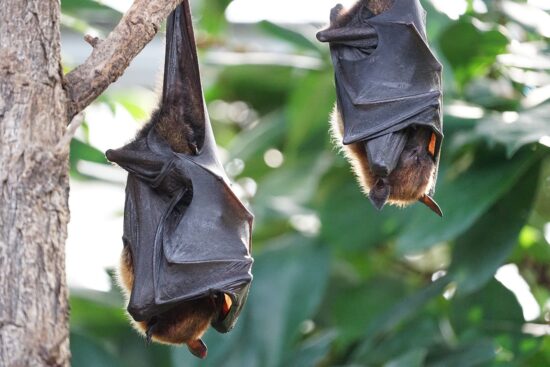Environmental factors driving antimicrobial resistance in Indian flying foxes (Pteropus medius): one health implications
A recent study on Pteropus medius fruit bats in Pakistan found that wildlife living near human settlements is significantly exposed to environmental antimicrobial resistance (AMR). Fecal samples from seven roosting sites showed moderate to high resistance to several antibiotics, with notable seasonal effects on resistance to aztreonam, cefradine, and gentamicin. Around 37% of E. coli isolates were ESBL producers carrying blaTEM genes (>90%). Land use within a 14.5 km radius of roosts strongly influenced AMR prevalence, and resistance patterns in bats closely correlated with those in nearby livestock, especially cattle and poultry. However, these correlations varied by season and province, underscoring the complex interplay between environment, land use, and AMR exposure in wildlife.
AMR NEWS
Your Biweekly Source for Global AMR Insights!
Stay informed with the essential newsletter that brings together all the latest One Health news on antimicrobial resistance. Delivered straight to your inbox every two weeks, AMR NEWS provides a curated selection of international insights, key publications, and the latest updates in the fight against AMR.
Don’t miss out on staying ahead in the global AMR movement—subscribe now!






